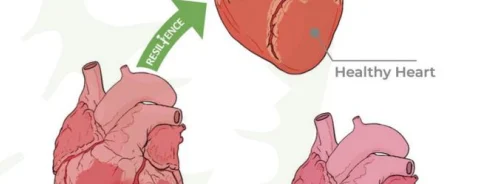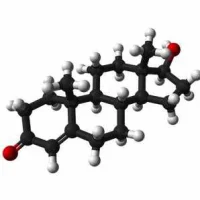In joint recommendations published in the European Heart Journal, urgent diagnosis and treatment in acute heart failure is critical. The paper is the result of collaboration between the Heart Failure Association (HFA) of the European Society of Cardiology (ESC), the European Society for Emergency Medicine and the Society for Academic Emergency Medicine in the USA.
This is the first time that guidance has been issued that insists that acute heart failure (AHF) is like acute coronary syndrome (ACS) and requires urgent diagnosis and appropriate treatment. As Prof. Alexandre Mebazaa, lead author and HFA board member, points out, “in ACS when the coronary is occluded we say ‘time is muscle’ which means that the quicker the vessel is dilated, the more heart muscle is saved. The same principle is true for AHF.” He believes that introducing timely therapy for AHF together with new medicines can help achieve reductions in mortality and morbidity.
Professor Abdelouahab Bellou, an author of the paper and past president of EuSEM, also highlights the need to treat patients with AHF earlier because failure to do so can quickly aggravate underlying chronic heart failure and can result in complications such as cardiogenic shock and acute respiratory distress. Patients may have to be intubated thus increasing their risk of mortality.
The paper outlines the following:
- An algorithm for the management of AHF
- Tests and treatments that should be performed pre-hospital, and in
the emergency department, coronary care unit (CCU) or intensive care unit (ICU)
- The role nurses can play in the management of AHF
- The effective use of oxygen therapy and ventilatory support
- Management of new and currently prescribed medicines
- Criteria for discharge from hospital and recommendations for
follow up
The guidelines also recommend addressing patients’ anxiety by communicating with their families, providing clear information and answering questions promptly. Prof. Mebazaa explains that dyspnoea can cause more anxiety for patients and their families and anxiety is caused by low oxygen levels in the brain. Since there are no medications to relax patients without worsening their respiration and oxygen levels, it becomes even more important to reduce patient anxiety by talking to patients and families and giving oxygen.
He says, “Patients’ anxiety levels depend on how the family is coping. If it’s a first episode of AHF we need to take time to explain the condition to families. For frequent fliers, we explain whether it’s a similar or different episode to the last time.”
According to Prof. Mebazaa, many patients die from AHF during their first hospitalisation and approximately 30 to 40 percent of discharged patients are back in the hospital within 30 days. He highlights the need to take measures to reduce these readmissions. He also points out that AHF patients are usually hospitalised many times and often receive different treatment for the same event in the emergency room, ICU or CCU. There is a need to standardise care by recommending best contemporary practices that are based on the latest evidence.
He concluded: “We are at the beginning of the road in AHF. By providing fast and appropriate treatment we hope to mimic the successful journey of ACS and achieve significant reductions in mortality and morbidity.”
Source: European Society of Cardiology
Image Credit: Pexels.com










